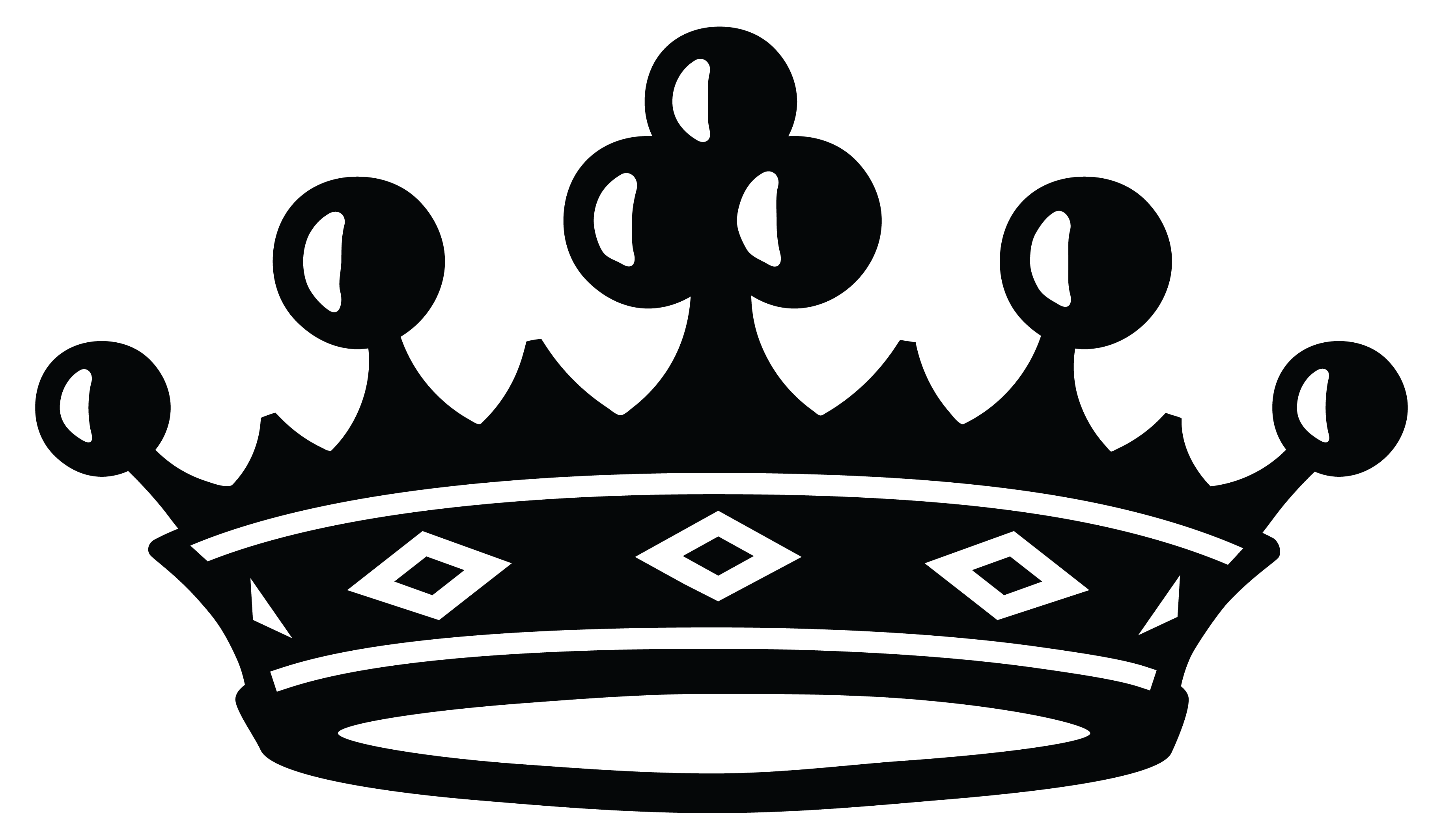Your Cart is Empty
- About
- Shop
- Mixed Case
- Site Specific Series Box
- Borealis Cuvée Brut
- Rosé Cuvée Brut
- Night Nectar Demi-Sec
- Night Nectar Demi-Sec Rosé
- R.D.
- Amphora Blanc de Blancs
- Night Nectar Blanc de Blancs
- Night Nectar Blanc de Noir
- Kaaimansgat Site Specific Blanc de Blancs
- Twee Jonge Gezellen Site Specific Blanc de Blancs
- Koelfontein Site Specific Blanc de Blancs
- Journal










